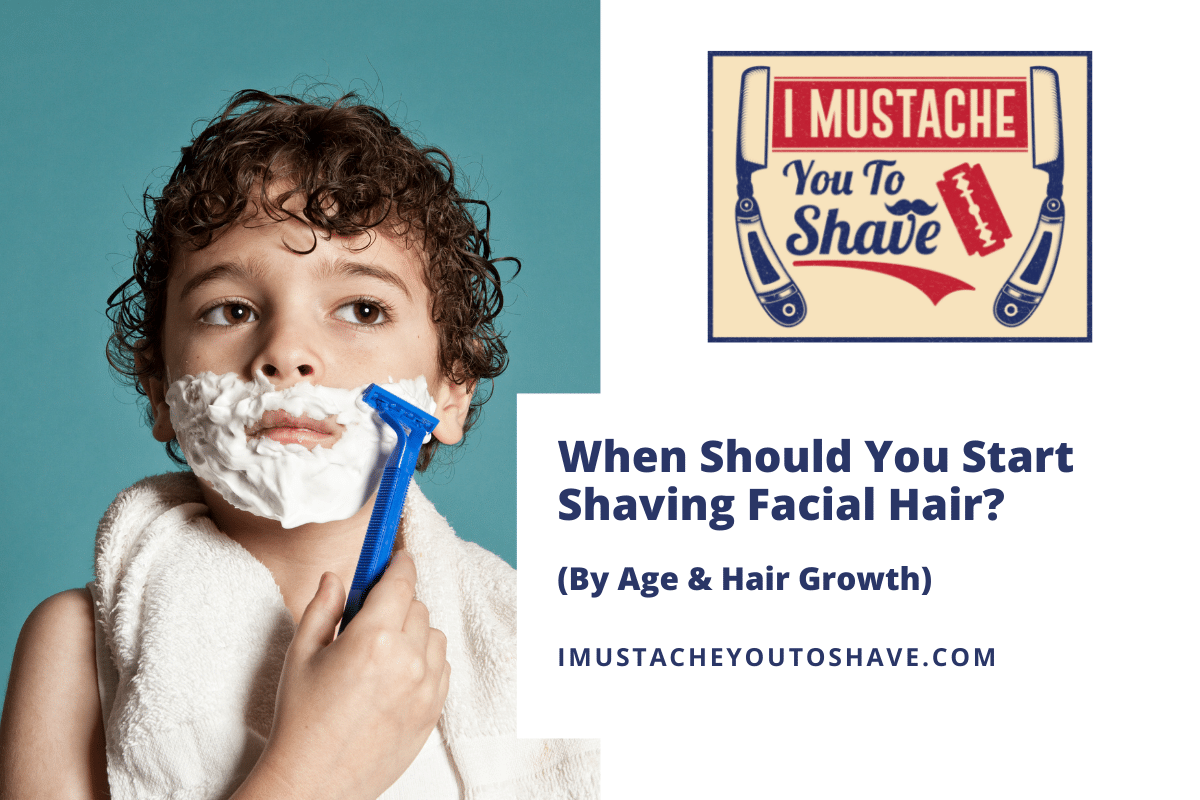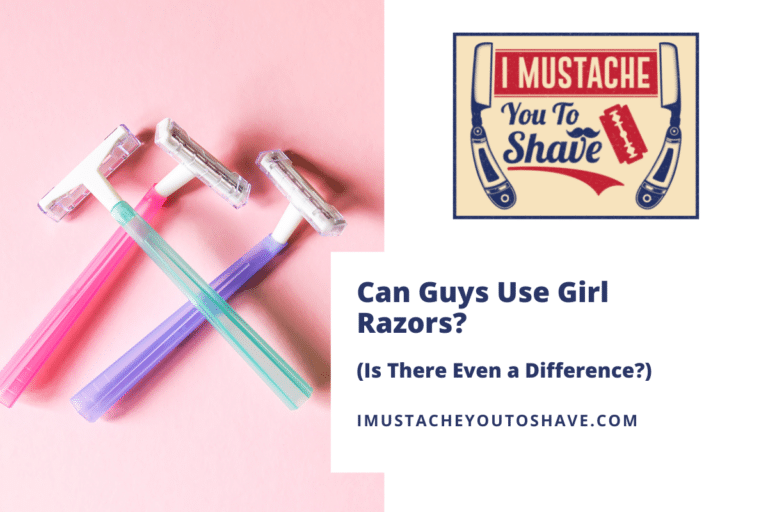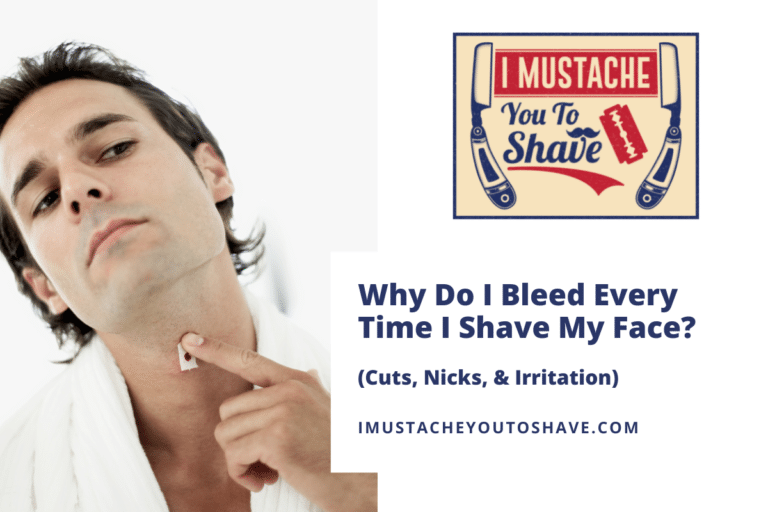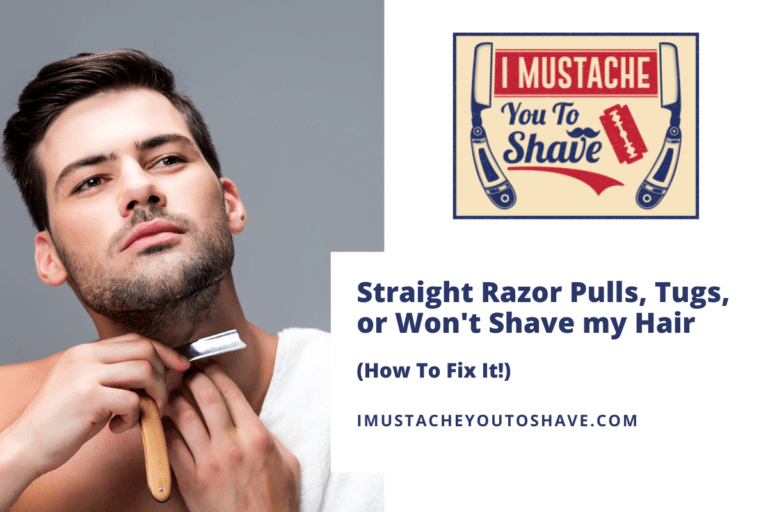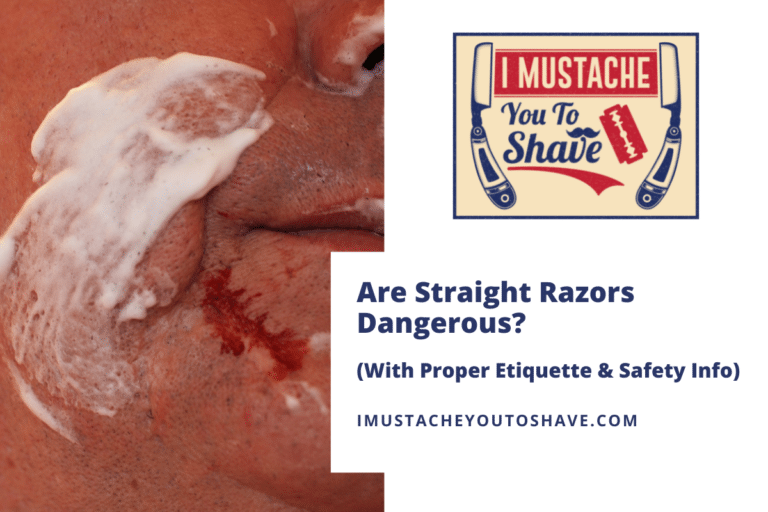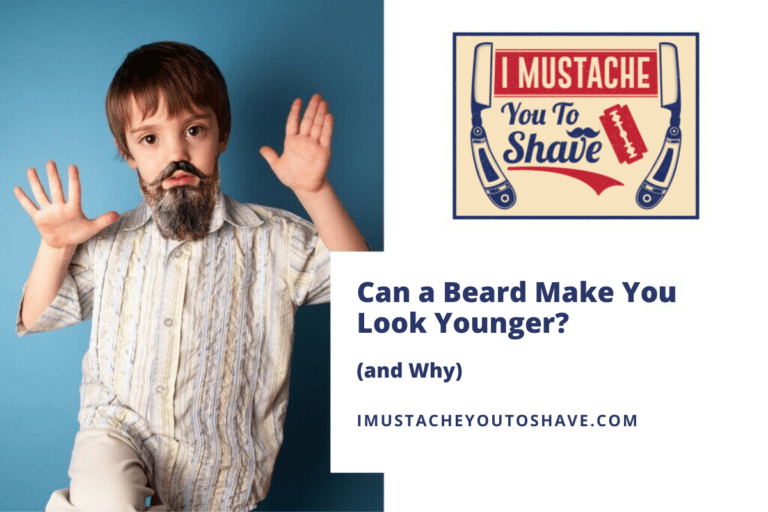When Should You Start Shaving Facial Hair? (By Age & Hair Growth)
Many young men struggle with uncertainty when their facial hair starts to grow and wonder about when the best time to shave is and how old most people are when they start shaving.
According to recent studies, the most common age for young men to start shaving is 16 years old followed closely by 15 years old. Around 60% of young men shave for the first time between the ages of 14-17 years old. When facial hair growth becomes apparent around the upper lip, chin, jawline, cheeks, or neck, it is time for your first shave. Growth does not always begin at the same time.
Read on and check out the following tips to help you know when you should start shaving facial hair.
When Is The Best Time To Start Shaving Facial Hair?
Shaving is an age-old tradition and rite of passage for boys as they mature into young men. At some point in their adolescence, typically between the ages of nine and fifteen, puberty hits, and their bodies begin to undergo a drastic physical change.
The appearance of facial hair is a key indicator, and countless young men have been handed down the ritual of shaving. But when is the right time? Is it detrimental to shave too young or to wait until the later teenage years? How will you know?
It may seem obvious, but the best time to start shaving your face is only when hair follicles have been growing healthily and an established beard or mustache has begun to take shape.
Shaving before you’ve grown hair is literally nonsensical; with no hair to shave you’re just scraping your bare skin with a razor, which is dangerous in its own right. As mentioned above, facial hair usually begins growing in the early teens but also may not appear until later on.
Facial hair typically appears on the face and neck in the same order: upper lip, sideburns, chin, and along the jawline, cheeks, and neck.
If you’re a young man noticing some hairs in these places, you might not like the way it looks and decide it’s time. You’ll need some tools to shave, so ask Dad or Mom for some help. Talk to them about the decision to shave and your reasons for doing so. Listen to what they have to say and take it to heart. If it is agreed that the first shave has arrived, you can enjoy the occasion by purchasing and going through the process together.
What Is a Good Age to Start Shaving?
Practically speaking there is no singular reason for shaving in the first place, as every young man is different.
Age itself is in essence a negligible factor. The appearance and prevalence of facial hair depend in large part on genetics, environment, overall health, and other factors.
Luckily for us, charting self-reported “first time shave” ages gives us a steady, defined increase after age 13.
Should a 13-year-old boy shave?
By the time most boys hit their first teenage year, they will have noticed at least some of the changes going on in their body.
Their voice gets lower, they might have a growth spurt, and facial most likely is established but untouched. The “peach fuzz” can be shaved, but you should know these hairs are a sort of “pre-hair” as the beginnings of true hair follicles.
By age 13, around 14 percent of young men have shaved for the first time and around 28 percent have noticed their first facial hair.
Once shaved, the hair will then begin returning often darker and thicker.
Should a 14-year-old boy shave?
If you’re fourteen and not shaved, you’re not alone, but this age is even more common for shaving to begin.
By age 14, around 28 percent of young men have shaved for the first time and around 38 percent have noticed their first facial hair. By this point in time, you may have been “practice shaving” without a razor to get a feel for it.
More developed beards at this age plus increased self-consciousness or social awareness may be reasons for the jump in first shaves at this age.
Should a 15-year-old boy shave?
At fifteen, most boys are truly in the midst of becoming mature-bodied men.
By age 15, around 40 percent of young men have shaved for the first time and around 35 percent have noticed their first facial hair. They will have more defined musculature, fully developed adult voices, and by this time sport thicker, darker beards without peach fuzz.
This age sees the second largest number of first-time shaves after the peak of sixteen years old.
How Much Facial Hair Do I Need Before I Start Shaving?
Typically, the first hair follicles form as thin wispy “peach fuzz.”
Shaving this peach fuzz is an option, but your first shave is a big deal so think about whether you want to wait until the beard is thicker and fuller. There is no medical reason to shave or not, it is entirely up to the shaver.
If you see peach fuzz or maybe a couple of hairs sprouting up on your face, you can begin thinking more about when you’d like to shave.
Don’t let peer pressure from your friends or family affect your decision, only you can make the call on shaving your face or not.
One thing to note is that shaving before the facial hair has developed can lead to razor bumps and inflammation. Let’s learn more about that below.
What Happens When You Shave Your Facial Hair Too Early?
It is important for a young man to have the pros and cons weighed out in his mind before starting to shave for the first time. Knowing why we shave and how to do it is key to a safe and effective shave.
The internet is a great resource, and if you have a male figure in your life who can show you the ropes, ask for help from them. You want to be cautious and learn the proper technique to avoid and complications that can arise from shaving.
The question of “when is it too early to shave?” is a gray area; the only real concrete warning sign to hold off on that first true shave is the total lack of facial hair.
If you decide to use a razor on your bare face, you can run into several problems. The most obvious issue is nicks and cuts; since the blade is not shaving hair, any protrusions such as acne, ingrown hairs, and other inconsistencies in the skin will be what is scraped off.
You want to avoid cuts whenever you can, as they can become infected and are unsightly. Some slight skin irritation is common for new shavers, as youthful skin is more sensitive and prone to inflammation.
Clean and clear skin should be left alone as much as possible. Shaving hair, even peach fuzz, is perfectly acceptable and much safer.
To Sum It All Up…
Shaving your facial hair is an incredibly personal choice that has become a rite of passage for many boys as they mature through puberty and start to become men. After the first wisps of peach fuzz pop up on the lip or chin and the boy notices the change, he will begin to form an opinion on whether he’d like to shave or not.
The process can begin any time during puberty; some young men see a defined onset of facial hair growth quickly, others may have more sparse or patchy spots.
Avoid shaving where there is no hair, and proceed carefully to reduce cuts and irritation. While there is no “right” time to begin shaving, with knowledge and preparation, you can explore the tradition of shaving and pass it down to your own kids.

